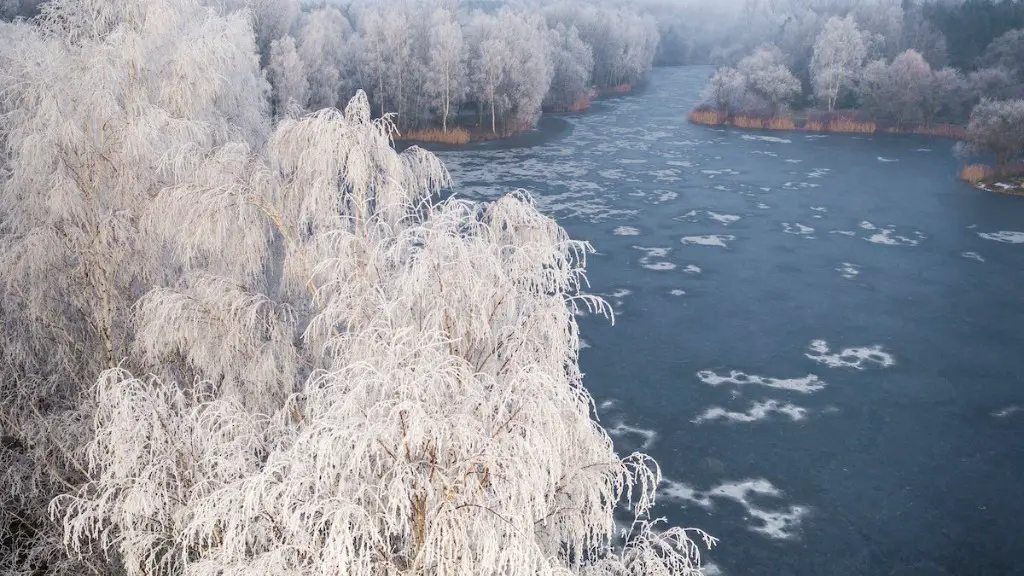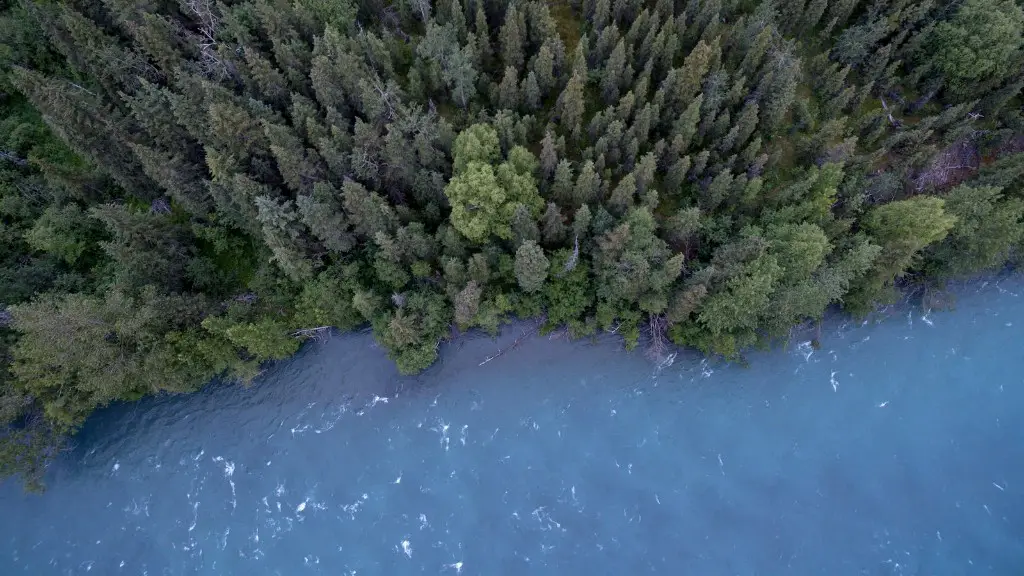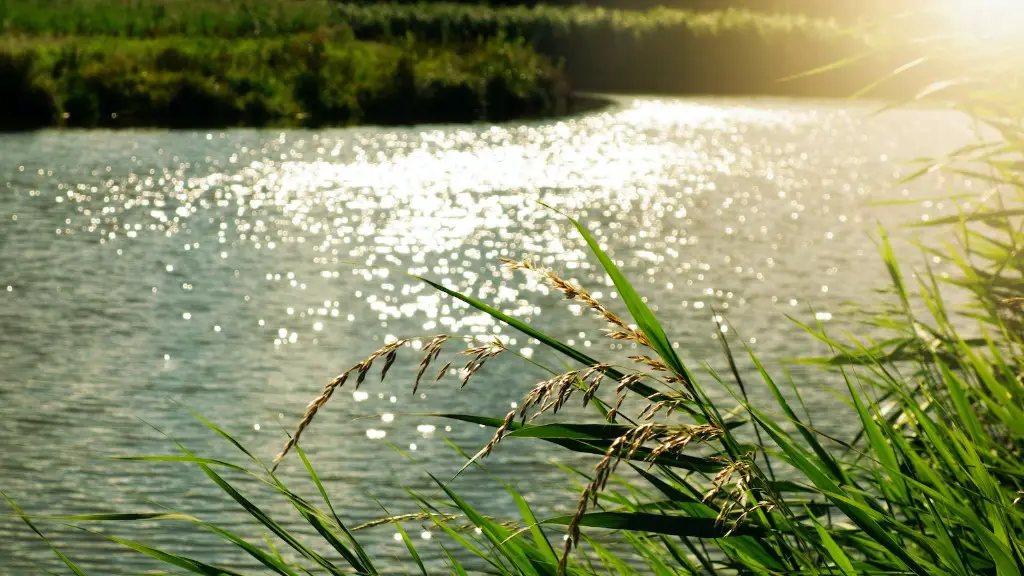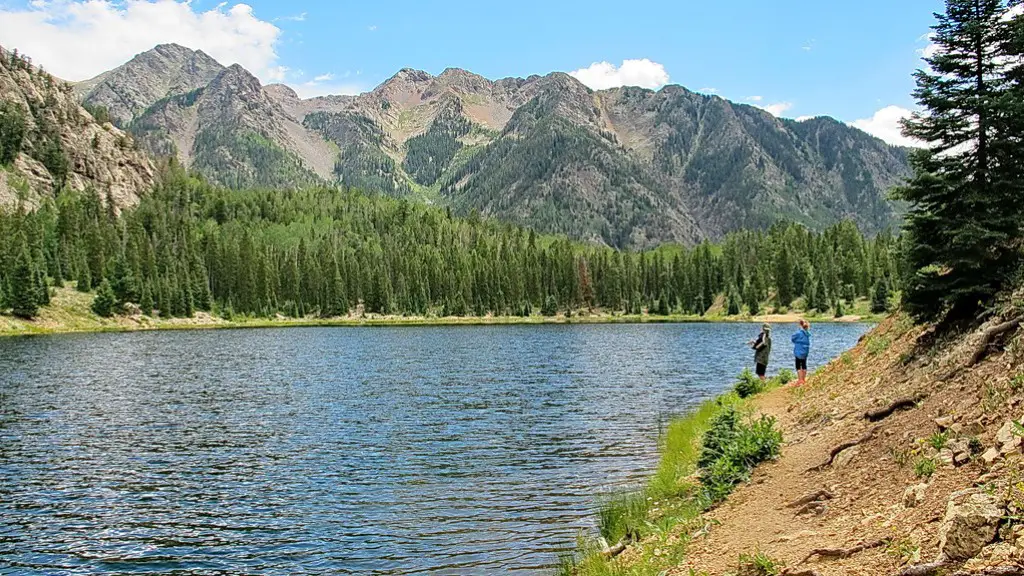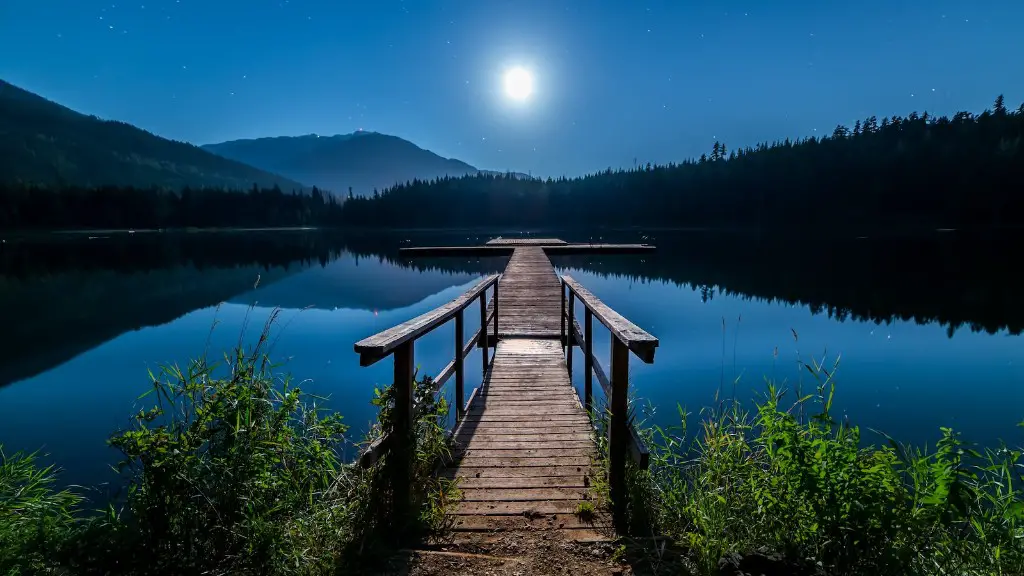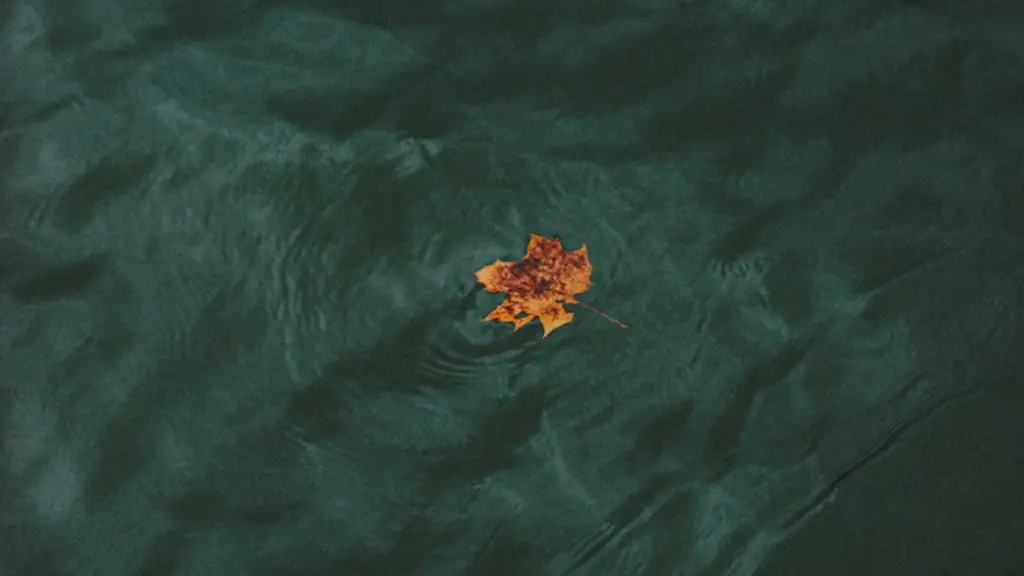Uganda’s Lake Bunyonyi is often called the “crater lake” because it is surrounded by 24 mountains. The lake is about 25 kilometers long and 7 kilometers wide, with a depth of 900 meters. It is the deepest lake in Uganda and one of the deepest in Africa.
There are differing opinion on whether Lake Bunyonyi is a crater lake. Some say that it was formed by the action of a volcano, while others say that it is a rift lake.
What type of lake is Lake Bunyonyi?
Lake Bunyonyi is a naturally-formed lava dammed lake, believed to have been created around 10,000 years ago. It is not a man-made lake, as is commonly thought – the lake was formed when a lava flow from one of the Virunga Mountains blocked the course of the Ndego River at present-day Muko. Today, Lake Bunyonyi is a popular tourist destination, known for its scenic beauty and its many small islands.
The lakes of Mutanda and Bunyonyi form the core of what has been dubbed the Switzerland of Africa. Formed by river valleys long-dammed by volcanic eruptions, the lakes form an ever-changing water scape punctuated by small, forested islands. The lakes are a beautiful sight and a popular tourist destination.
What is an example of a crater lake in Uganda
Queen Elizabeth National Park is home to three major crater lakes – Katwe Crater Lake, Bunyaruguru Crater fields, and Ndali-Kasenda Crater Fields.
Katwe Crater Lake is the largest of the three, and is known for its salt deposits. The Bunyaruguru Crater fields are located on the Kichwamba escarpment, and offer stunning views of the surrounding landscape. The Ndali-Kasenda Crater Fields are located closer to Kibale National Park, and are a popular spot for birdwatching.
In Uganda, there are more than 50 crater lakes. Although some might be saline with a strong smell, there is a good number with freshwater and beautiful scenery. The lakes are a great tourist destination, and offer many activities such as fishing, swimming, and boat tours.
What is special about Lake Bunyonyi?
Lake Bunyonyi is a popular destination for bird enthusiasts due to the large variety of bird species that can be found there. The lake is also surrounded by green, lush hills that make for a beautiful setting. If you’re looking to get a closer look at the birds, you can take a dive into the Nyombi swamp where you’ll find a variety of different species.
If you’re looking for a safe place to swim in Uganda, Lake Bunyonyi is a great option. The lake is free of bilharzia, making its waters safe for swimming. There are also no dangerous wildlife like hippos and crocodiles. The only warning for visitors is the depth – inexperienced swimmers should take caution.
What lake is surrounded by 3 volcanoes?
Lake Atitlán is one of the most beautiful lakes in the world and is surrounded by three volcanoes: Atitlán, Tolimán, and San Pedro. The lake is 18 km wide and 10 km long and lies at an altitude of 1,562 m. It is a popular tourist destination for its scenic views and unique culture.
The blue beauty of Crater Lake extends beyond its depth. Visitors can swim at designated areas, but beware — the water is usually very cold! The water of Crater Lake is a deep, gorgeous blue.
Is a freshwater lake that has a volcano at the bottom
Crater Lake is one of the top 10 deepest lakes on Earth, and it is a magnificent example of a caldera. The lake is about 600 m deep, and it is surrounded by towering cliffs. The lake is incredibly clear, and the blue water is simply stunning.
Lonar Crater Lake is a lagoon in the Buldhana district of Maharashtra state. It was created due to a meteorite impact. The lake is elliptical in shape and is about 1.2 kilometers in diameter. The crater is about 150 meters deep. The crater rim is about 30 meters high.
Where is the largest Crater Lake in the world?
loba is a crater lake located in Indonesia. It is around 100 kilometers by 30 kilometers in extent, and 505 meters deep at its deepest point. The lake is believed to have formed after a volcanic eruption around 75,000 years ago.
The Vredefort Crater is a large impact crater located in South Africa. It is the largest known impact crater in the world, and is believed to have been caused by a meteor striking the Earth. The crater is located in the Vredefort Dome World Heritage Site, and is a popular tourist destination.
Which is the largest Crater Lake in Africa
Lake Ngozi (or Lake Ngosi) is a crater lake in Africa. It is the second largest crater lake in Africa. The lake is located in the Ngozi Crater, which is a volcanic crater in the North-Western Province of Tanzania. The lake is approximately 25 kilometers long and 14 kilometers wide. The catchment area of the lake is 46 square kilometers. The lake is fed by several small rivers and streams. The temperature of the water in the lake varies from 24 to 28 degrees Celsius. The lake has a pH of 8.5. The lake is home to several species of fish, including tilapia, catfish, and eels.
Lake Bunyonyi is one of the most beautiful lakes in Uganda. It is also the deepest crater lake in the country, with a depth of more than 900 feet. The lake is surrounded by green hills and is a popular destination for both local and international tourists.
What is the largest Crater Lake in Uganda?
Nkugute is a crater lake located in the newly created Rubirizi District in the Bunyaruguru county. It is said to have mysteriously taken up the shape of Africa. There are over 20 craters in the Bunyaruguru area, however, the most prominent is the Nkugute crater lake.
Lake Bunyonyi is a freshwater lake located in Uganda. It is approximately 25 km long and 7 km wide, and is the deepest lake in Uganda and the second deepest lake in Africa after Lake Tanganyika. The lake is located at an altitude of 1,962 meters above sea level, and is surrounded by hills, mountains, and forests. The lake is home to a variety of fish, birds, and other wildlife.
Is Lake Bunyonyi a fresh water lake
Lake Bunyonyi is one of Uganda’s hidden gems. It is a freshwater lake located in the southwestern part of the country, near the border with Rwanda. The lake is thought to be the second deepest in Africa, but it is the deepest in Uganda. The lake is a great place to relax and enjoy the scenic views. There are also a number of activities to enjoy, including swimming, canoeing, and hiking. If you are looking for a place to get away from it all, Lake Bunyonyi is the perfect destination.
Lake Bunyonyi is a young lake that is believed to have been formed 10,000 years ago. Its formation is thought to have been caused by a lava flow from one of the Virunga mountains. The lava flow blocked the Ndego river, causing the river to dam up. This resulted in the formation of the lake.
Conclusion
No, Lake Bunyonyi is not a crater lake.
The answer to this question is not entirely clear, as there is much debate on the matter. However, it is generally agreed that lake bunyonyi was not created by a crater, but rather by tectonic activity.
